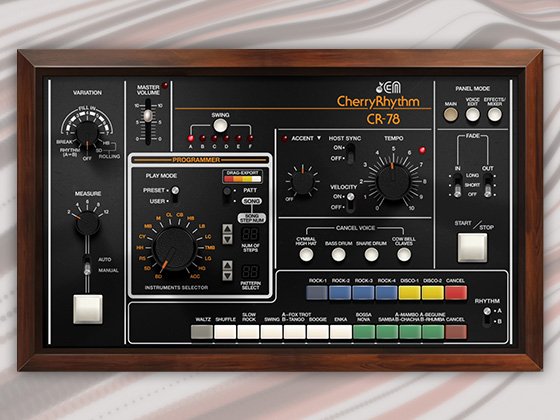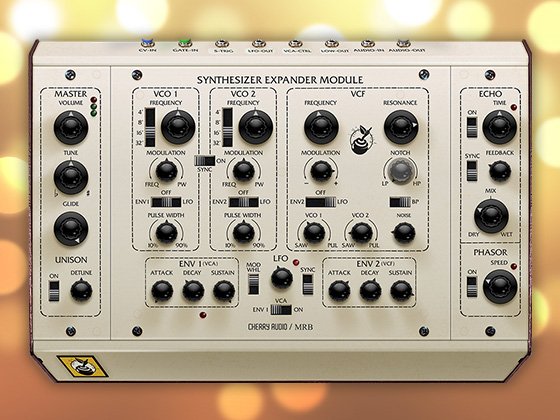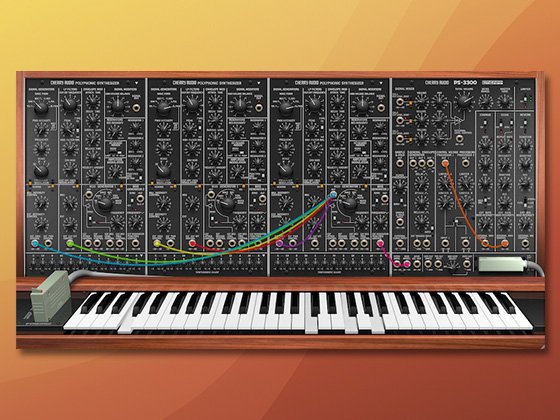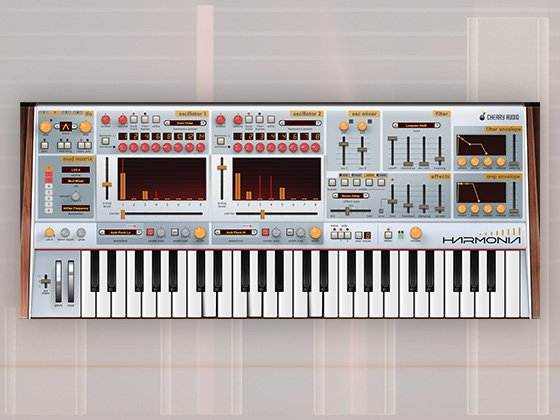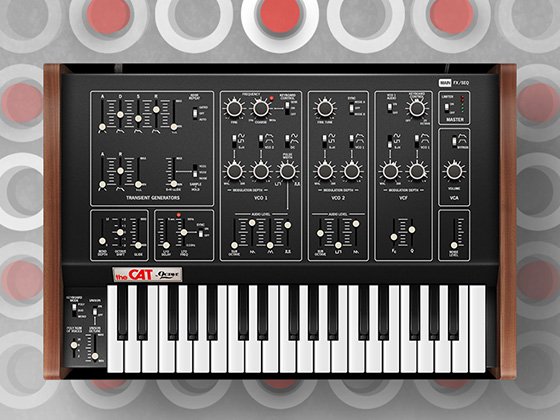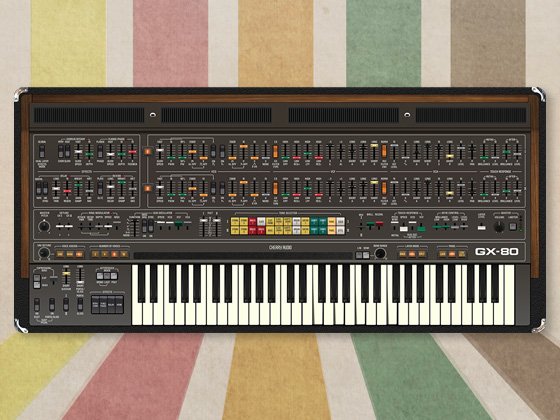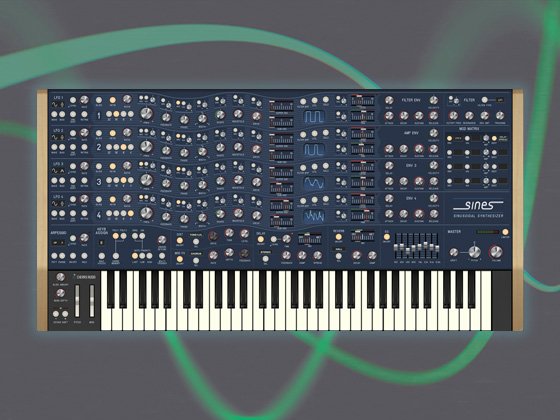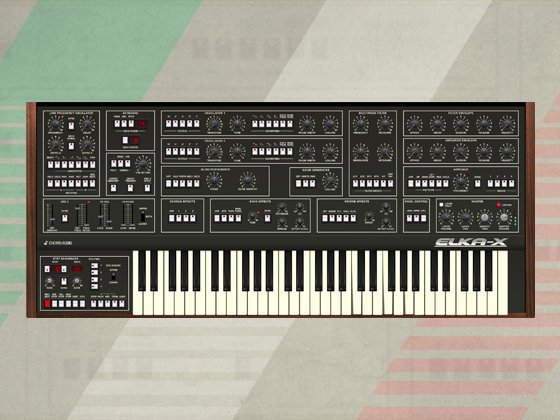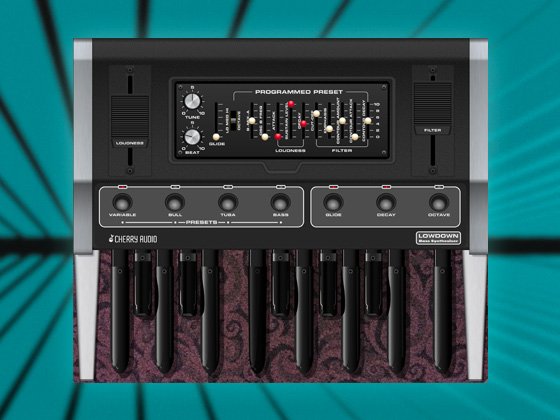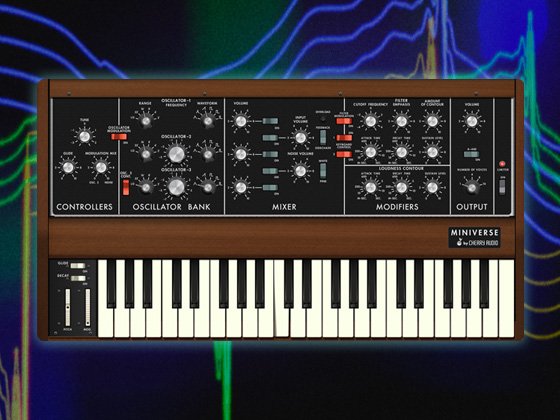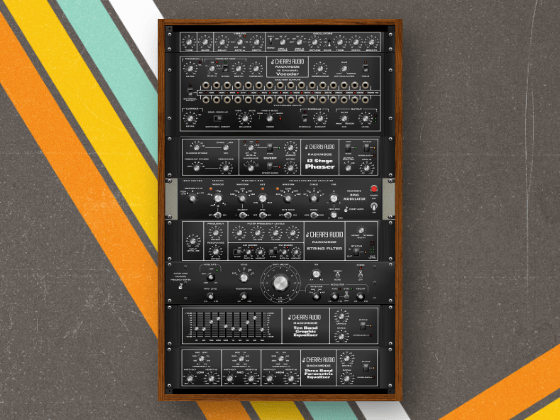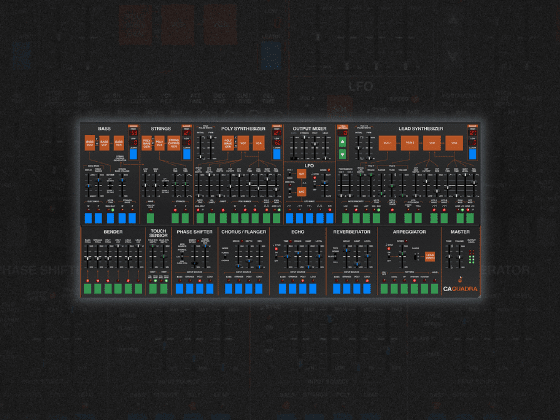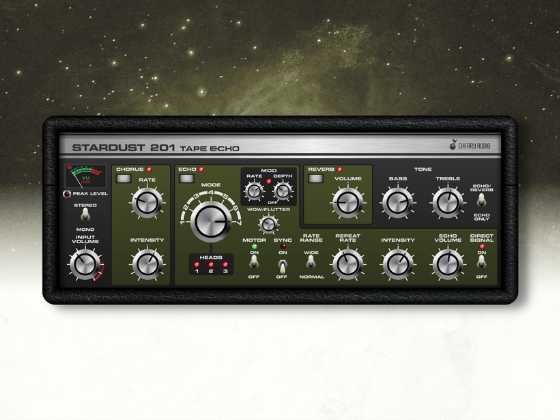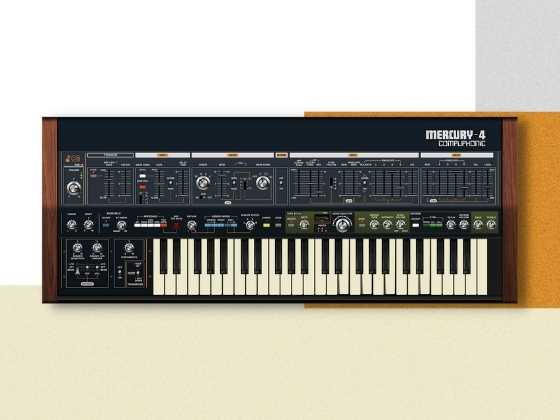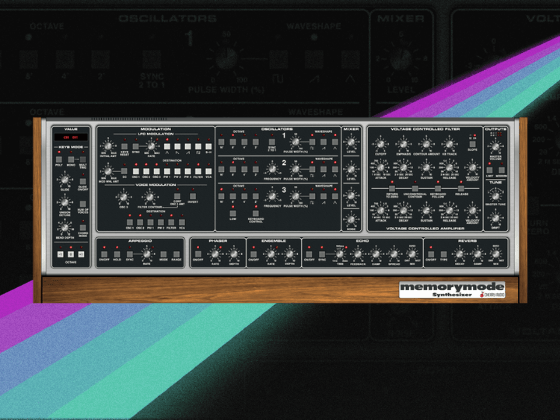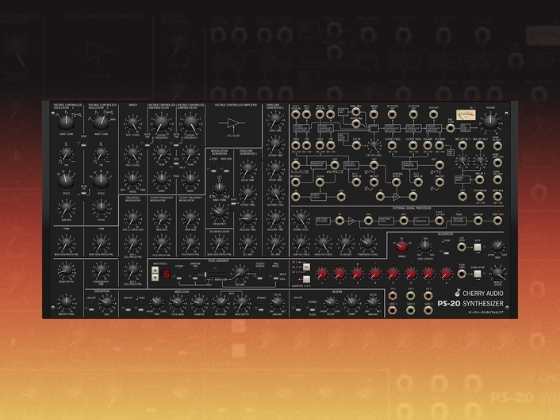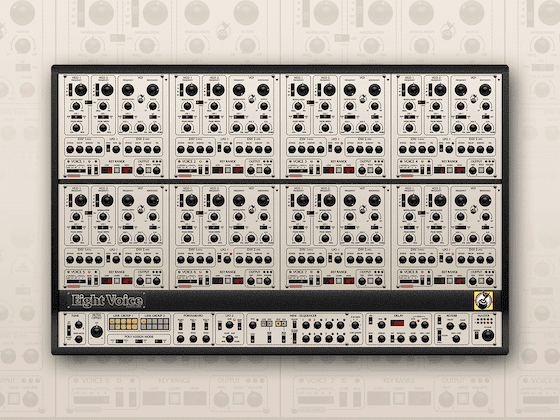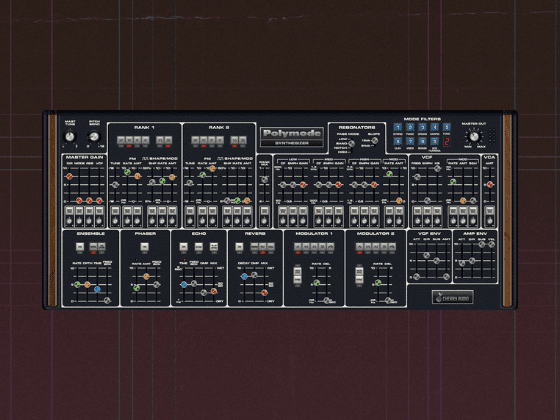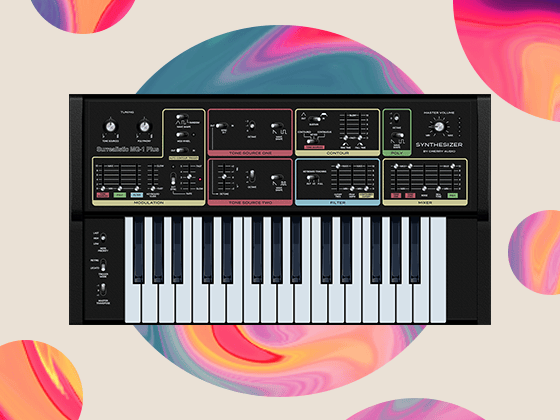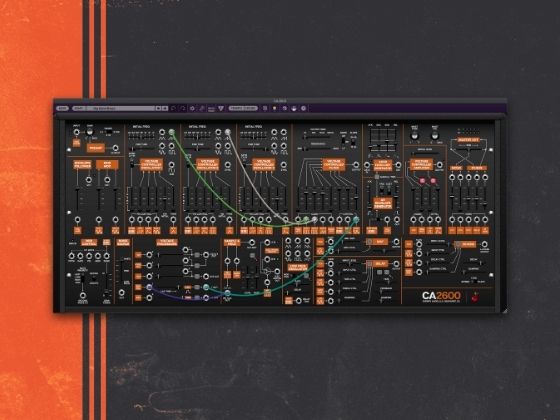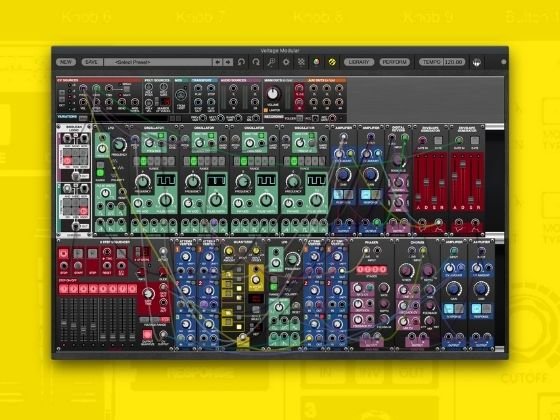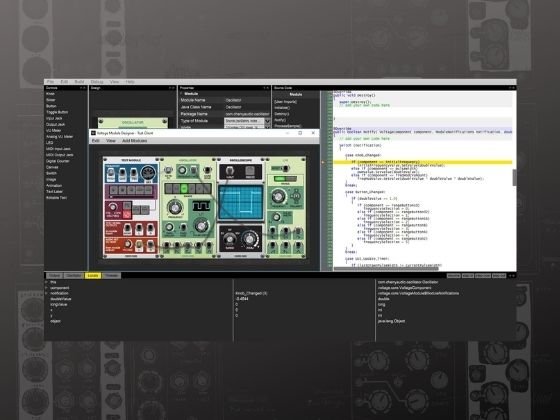Manufacturer: Request For Music
$15.00 $20.00
F_WIREZ
Overview
F_WIREZ is a generative audio module inspired by the WireWorld cellular automaton.
It simulates signal flow through a dynamic grid of cells, where each cell can represent empty space, wires, electron heads, or special functional elements such as oscillators (OSC) and outputs (OUT).
As electron heads propagate through the network, they trigger oscillator voices that are shaped by envelopes and filters, creating complex evolving sound structures that can act as self-playing instruments, sequencers, or control sources.
Grid Editing
The grid is displayed in the central canvas. You can draw and edit the grid directly using mouse and key modifiers:
- Left Click: place a wire (conductor).
- Shift + Click: place an oscillator (OSC) cell.
- Control/Command + Click: inject an electron head (HEAD) to start signal flow.
- Alt + Click: place an output (OUT) trigger cell.
- Right Click: erase a cell (set to empty).
- Double Left Click: define a seed cell (a persistent HEAD start point). A pulse at the Restart input will reseed all defined starts simultaneously.
Electron heads automatically travel through wires, turning into tails and then back into conductors as they move. Oscillator cells spawn new audio voices whenever a head passes through them, while OUT cells emit short trigger pulses usable for rhythmic events or external sync.
Simulation Control
The Reset button clears the grid and all active voices.
The Randomize button fills the grid with a new random pattern.
External randomization can also be triggered via the Rand In jack, responding to gates, audio transients, or clock pulses.
The Speed knob sets the simulation rate (steps per second).
The Grid knob adjusts grid resolution.
The Restart input reseeds all seed cells when triggered.
The Auto Restart feature allows automatic reseeding after a fixed number of steps, turning F_WIREZ into a self-looping generative sequencer.
Pitch, Root and Scales
Each oscillator cell produces a note based on its grid position.
Vertically, pitch increases from bottom to top, spanning several octaves.
Horizontally, a small drift is added to prevent strict unison and create natural variation.
The Transpose knob shifts all oscillator frequencies ±24 semitones.
A dedicated Root dropdown lets you select the musical root note (C–B), and the Scale dropdown chooses the quantization type.
Available scales include Chromatic, Major, Minor, Pentatonic, Whole Tone, Dorian, Phrygian, Lydian, Harmonic Minor, Japanese, Octatonic, Blues, Arabian, Balinese, Hungarian Minor, Neapolitan Minor, Neapolitan Major, Enigmatic, Persian, Spanish, and None.
When “None” is selected, quantization is disabled and the raw continuous grid mapping is used.
All scale and root settings are stored with presets.
Oscillators & Voices
Each oscillator cell owns a single voice that is triggered when a HEAD enters the cell.
Voices are automatically distributed across the stereo field for a wide, animated soundstage.
Individual or global editing is possible using the Voice selector and Global button.
Adjustable parameters include:
- Wave – sine, triangle, or sawtooth waveform.
- A / D / S / R – envelope attack, decay, sustain, and release.
- Cutoff – low-pass filter frequency per voice.
- Reso – resonance around the cutoff, capable of subtle or strong emphasis.
The filter automatically updates whenever cutoff or resonance changes. The Master knob controls overall output level and can be modulated for dynamic amplitude effects such as tremolo or fade modulation.
Modulation
F_WIREZ provides five freely assignable modulation inputs.
Each has a small MOD button that opens a dropdown list of destinations, including envelope times, filter cutoff, resonance, wave, transpose, restart-rate, master level, root note and scale.
Each input accepts both CV and audio-rate signals, making it possible to sculpt evolving or rhythmic motion within the grid.
All assignments are saved in presets.
Audio Outputs
The main Left and Right outputs carry the summed stereo mix of all active voices.
If only one output is patched, the signal sums to mono.
A dedicated Gate output emits a short trigger pulse whenever an OUT-cell becomes active, useful for clocking or synchronization.
Polyphonic CV Outputs
F_WIREZ includes a comprehensive polyphonic CV system that mirrors its internal oscillator activity to external destinations.
Each of the 32 internal voices outputs its Pitch (V/Oct) and Gate states through four dedicated polyphonic jack pairs:
- Pitch A / Gate A – voices 1–8
- Pitch B / Gate B – voices 9–16
- Pitch C / Gate C – voices 17–24
- Pitch D / Gate D – voices 25–32
- Mono Pitch – outputs the most recently triggered oscillator’s frequency as a single V/Oct signal for easy routing.
Each output pair transmits up to eight polyphonic channels in real time, directly reflecting which grid oscillators are active. Inactive channels output 0 V for predictable downstream behavior. A Split dropdown defines how the 32 internal voices are distributed among the four output pairs — options range from grouping every 1, 2, 4, or 8 voices per output. Only connected jacks are considered, so unused outputs are automatically skipped to keep continuity intact.
These polyphonic CV outputs allow F_WIREZ to operate not only as a standalone sound source but also as a fully-fledged generative sequencer and control hub. You can send Pitch A/B to one synth layer and Pitch C/D to another, or divide the grid into melodic “streams” driving independent instruments for rich multi-layered polyphony.
Saving and Loading
All parameters — including grid layout, oscillator and output cells, root and scale selections, transpose, mode, ADSR and filter settings, modulation assignments, seeds, and split configuration — are stored in presets.
Reloading a preset restores the module to its exact prior state.
Creative Tips
Design looping or branching wire structures to create generative melodies and rhythms.
Combine multiple oscillator cells for chordal or harmonic layers, and position OUT-cells to generate rhythmic pulses.
Use Auto Restart for cyclic structures, or trigger Restart externally for synchronization.
Try assigning modulation inputs to filter cutoff, resonance, or envelope stages to evolve timbre over time.
Experiment with Root and Scale to shift the harmonic framework mid-performance.
Finally, route the polyphonic Pitch/Gate outputs to other synthesizers or modular voices to transform F_WIREZ into a self-driven multi-layer sequencer.


























